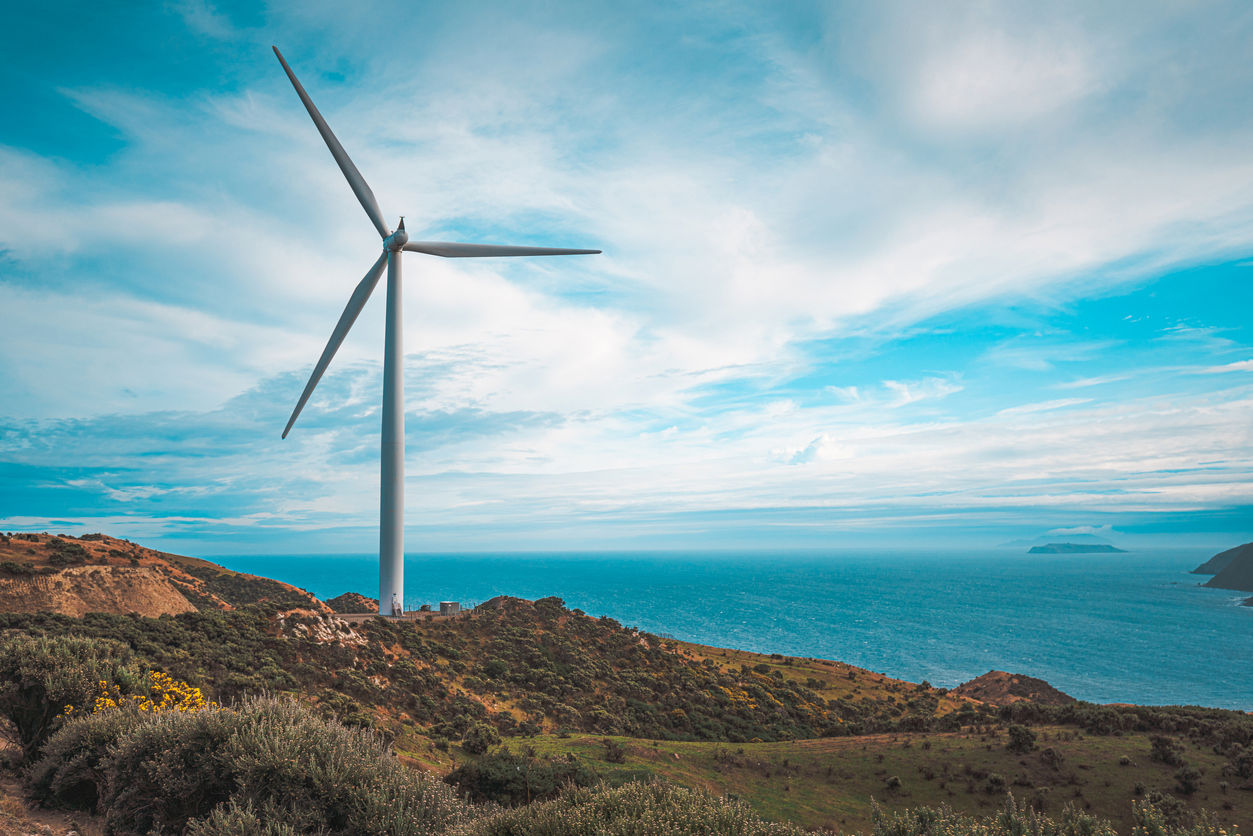
Leading Practice Principles: First Nations and Renewable Energy Projects
Australia’s first comprehensive guide on First Nations engagement, participation and benefit-sharing for renewable energy projects
Leading Practice Principles: First Nations and Renewable Energy Projects presents an opportunity to reset relationships with First Nations communities and ensure sustainable power generation for all Australians.
About this report
Leading Practice Principles: First Nations and Renewable Energy Projects
April 2024
This guide was developed by the Clean Energy Council and KPMG in collaboration with the First Nations Clean Energy Network, First Nations experts and industry experts. The CEFC was a member of the First Nations Best Practice Guide steering committee which consulted during the development of guide. The guide also received financial contributions from the CEFC and ARENA.
Read moreWe want to plan, design, own and operate community- to large-scale power systems on Country in ways that support inclusion and participation of our communities and people while building intergenerational wealth and environmental sustainability.First Nations Clean Energy Network
about the Guide
Leading Practice Principles: First Nations and Renewable Energy Projects is aimed at supporting the renewable energy industry to deliver better engagement and outcomes for First Nations peoples.
The guide has been produced at a time when the finance sector is demanding higher standards of project developers, ahead of the Australian Government's expected adoption into law of First Nations Engagement and Participation in Decision-making into the development approvals process through reforms to the Environment Protection and Biodiversity Conservation Act 1999 (EPBC Act).
This guide unpacks and operationalises the First Nations Clean Energy Network Aboriginal and Torres Strait Islander Best Practice Principles for Clean Energy Projects.
It outlines First Nations expectations for the sector and details the key considerations for First Nations engagement at each stage of the project lifecycle.
The First Nations Clean Energy Network was established in 2021 to ensure First Nations peoples both play a central role in and harness the opportunities from Australia’s renewable energy boom, and that the rapid transition to renewable energy occurs fairly for First Nations peoples and communities.
CEFC investing and Australia’s First Nations peoples
The CEFC formally began its reconciliation journey with the adoption of its Reflect Reconciliation Action Plan in 2020-21. Since then we have established our own First Nations Screening Approach which informs our investment decision-making framework with respect to Aboriginal and Torres Strait Islander peoples, culture and Country as part of our reconciliation journey.
Our most recent Innovate Reconciliation Action Plan provides further information about our vision for reconciliation.
Guide findings
- About 43 per cent of renewable energy infrastructure needs to be sited on recognised First Nations land for Australia to get to net zero emissions by 2060.
- These projects will deliver over $20.9 billion in capital investment and an estimated 700,000 direct jobs. A rapid rollout of wind and solar power, as well as transmission and storage capacity, is critical to keep Australia on track to net zero, but that rollout requires careful management to minimise adverse impacts and ensure benefits are shared with affected communities.
- Renewable energy projects are spread over a wider area than fossil fuel equivalents to produce a given amount of energy. This brings a significant opportunity for First Nations peoples, as the oldest living civilisation in the world, to guide and participate in the energy revolution.
- While there is a range of challenges, there is also a significant opportunity to build long-term relationships that provide opportunities for First Nations participation in and economic development from renewables, particularly through partnerships and equity.
- Employment and procurement are also key opportunities for these communities.





